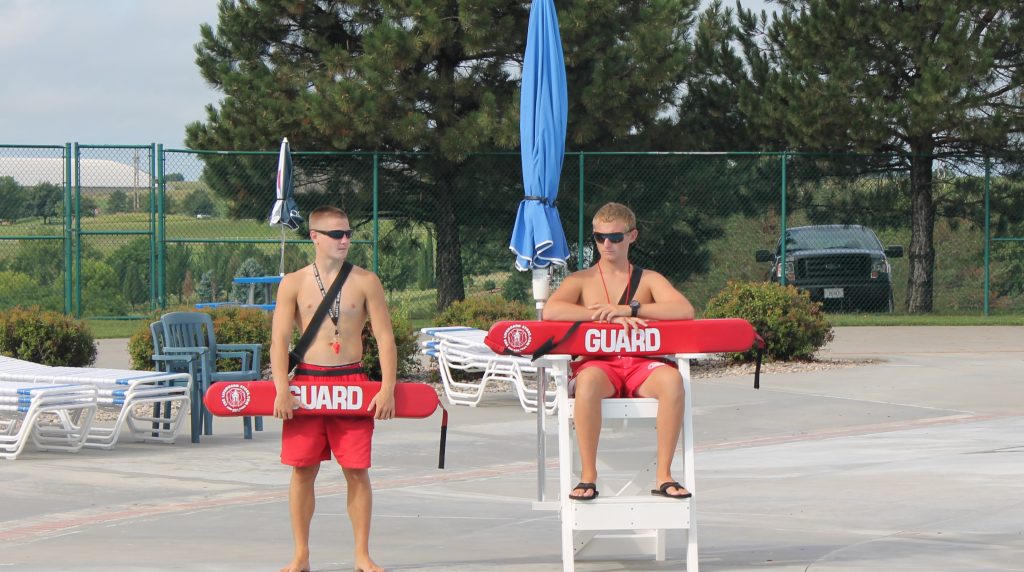This week, I came across a pool that had a lifeguard station in the shallow end of the pool-even though there was an elevated station positioned perfectly for the lifeguard to see her entire coverage area. The lifeguard had her back to the rest of the pool while observing about 20 people (mostly children). The general use for an in-water lifeguard station is for catch pools at the bottom of water slides. I have seen it used with other applications effectively, but this is not one of those times. Let’s discuss a few reasons why:
- The lifeguard limited her visibility by being in the water instead of in an elevated station above the water.
- There was a portion of her area of responsibility she could not fully see (stairs used as an entrance and exit for the shallow end of the pool.
- Patrons regularly obstructed her view so she could not effectively scan her whole area.
- She would turn her back to half the area she was supposed to be watching while she paced.
All in all, it was a poor use of a lifeguard.
Below is an excerpt from the Lifeguard University Lifeguard Manual about lifeguard stations:
Lifeguard Stations
To provide proper surveillance, lifeguards MUST be able to see their entire area of responsibility. There are different types of stations used to ensure that lifeguards can not only see their entire area, but also enforce rules and are able to engage patrons that need assistance.
Elevated Station
Generally, an elevated station is the best way to maintain the best surveillance of pool patrons. It provides a clear view of the area and allows a lifeguard to observe a large area. A common mistake lifeguards make is forgetting to scan the area of the pool directly below their station.
Ground Station
Similar to an elevated station, a ground station is a set point for lifeguards to maintain patron surveillance. A ground station does not allow the same range of visibility, but does allow lifeguards the ability to enforce rules and make assists easier.
Roving
A lifeguard may be assigned a roving station that allows the lifeguard to move between two or more fixed points. It allows similar advantages as a ground station; with the added benefit of the lifeguard being able to move position based on the surveillance needs of the pool.
Notes:
- A lifeguard should not have an area of responsibility greater than a 180-degree viewing area. In short, a lifeguard should not have to turn their body to observe their area or have to look behind them to scan.
- It should take no more than 20 seconds for a lifeguard to reach a victim. Lifeguard stations should be planned accordingly.


